Musée d’Art Moderne de Paris reveals revamp by French architects h2o
Revelation respects heritage in this sensitive, subtle facelift

The Musée d'Art Moderne de la Ville de Paris has reopened – with a Hans Hartung retrospective – following a revamp by h2o Architectes in Paris; and the refurbishment, lasting three years, was worth the wait. The new design is an elegant exercise in heritage-respecting revelation.
The volume of the 6m high entrance hall has been enhanced; walls that obstructed views to the exterior have been stripped away; new concrete mezzanine spaces have been created. This all makes the ground floor seem more open, fluid and contemporary. Yet the myriad of changes for the €10m facelift are so understated that they might go unnoticed.
‘We've made some surgical interventions and other changes that are more visible and useful,' Antoine Santiard from h2o says. ‘We wanted to liberate the maximum amount of space and strengthen the interior-exterior relationship but if people don't see that it's new, we find that good!'
Santiard worked on the ambitious project with Jean-Jacques Hubert, his partner at h2o. To win the commission, the studio was required to submit a descriptive document detailing their vision rather than architectural plans. Having already developed interstitial spaces at the Louvre, h2o approached the brief with historical sensitivity.
They began by studying photos and plans by the four architects, Jean-Claude Dondel, André Aubert, Paul Viard and Marcel Dastugue, that had designed the Art Deco building and the Palais de Tokyo in 1937 for the International Exhibition of Arts and Techniques in Modern Life. Since then, several other architects had intervened, cluttering the space and partly concealing the windows that look out to the Palais de Tokyo, Santiard says.
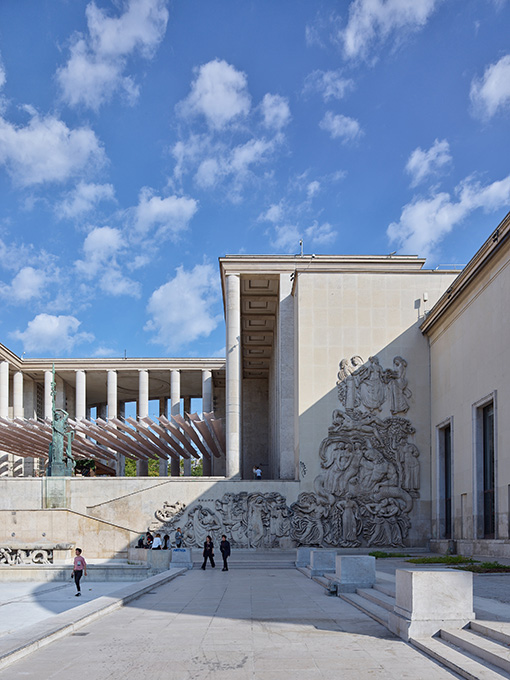
‘It was almost like the work of an archaeologist to understand what had been added, what was original and where we could intervene,' he explains. ‘The building was like a millefeuille,' says Gaëlle Gabillet from Studio GGSV in Paris that designed the furniture, referring to the multi-layered French pastry dessert.
The biggest change is the two sweeping mezzanine spaces of differing heights – one of which will be used to welcome groups – in the entrance hall. ‘We wanted them to be like balconies at the opera, where people like to see and be seen,' Santiard says, adding that they provide greater visibility of the permanent collection in the basement.
The museum remained open throughout most of the renovation period with visitors using a temporary entrance; builders were tearing down walls while the museum was operational. Other changes include ventilation improvements throughout, such as in the rooms displaying monumental murals by Raoul Dufy and Matisse, and greater wheelchair accessibility.
H2o teamed up with Studio GGSV (Gabillet and Stéphane Villard) who have designed curvilinear ‘phantom furniture' for the visitor information desk in concrete and brass, suspended lights formed from five white, circular rings and black, geometric Rietveld-evoking chairs.
‘The lights recall those made from white metal tubes in 1937 that we reinterpreted and made contemporary,' Gabillet says. ‘Our desire was to domesticate the place and bring the idea of the object back into a museum dedicated to art. It's as if the ghosts of 1937 have appeared!'
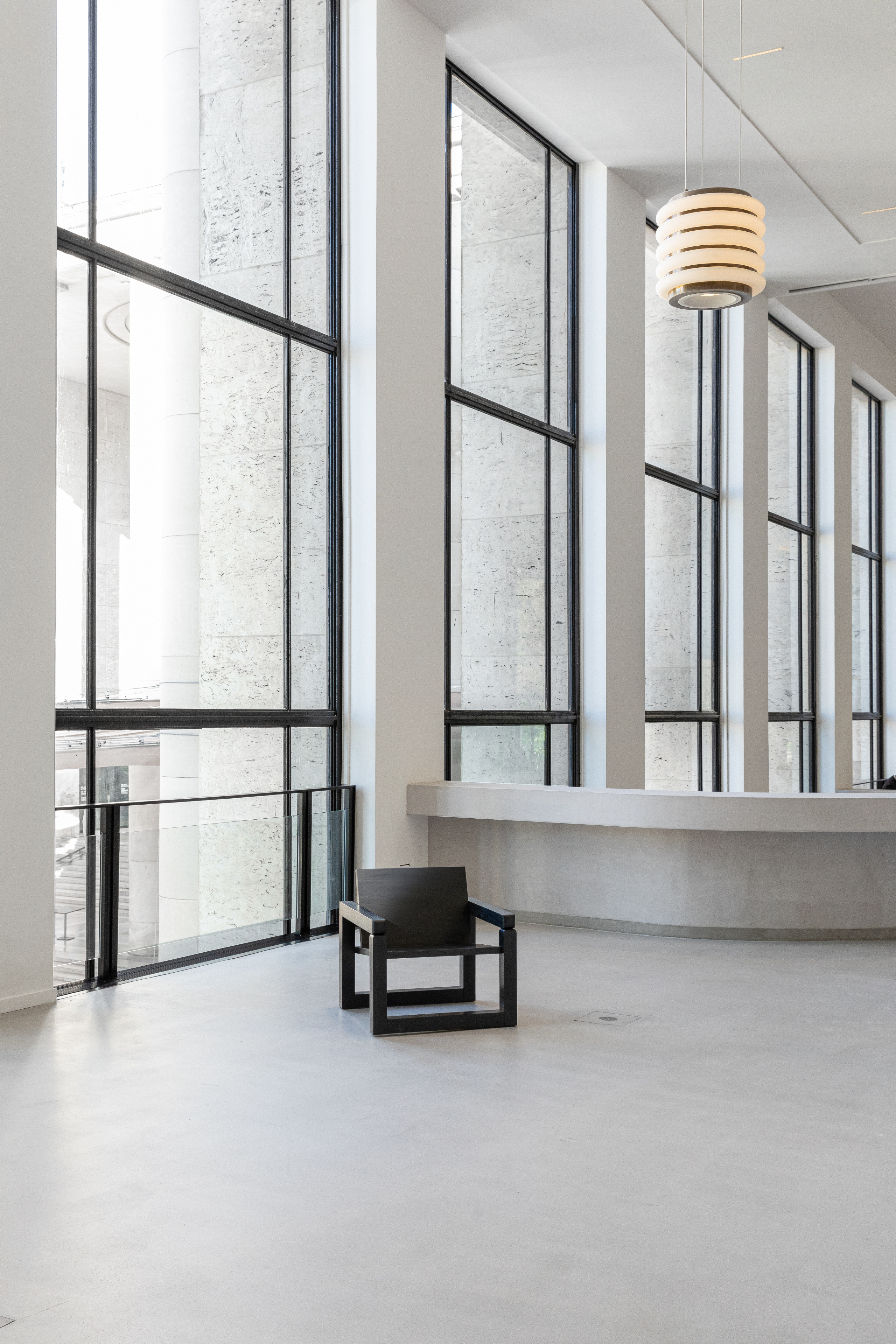
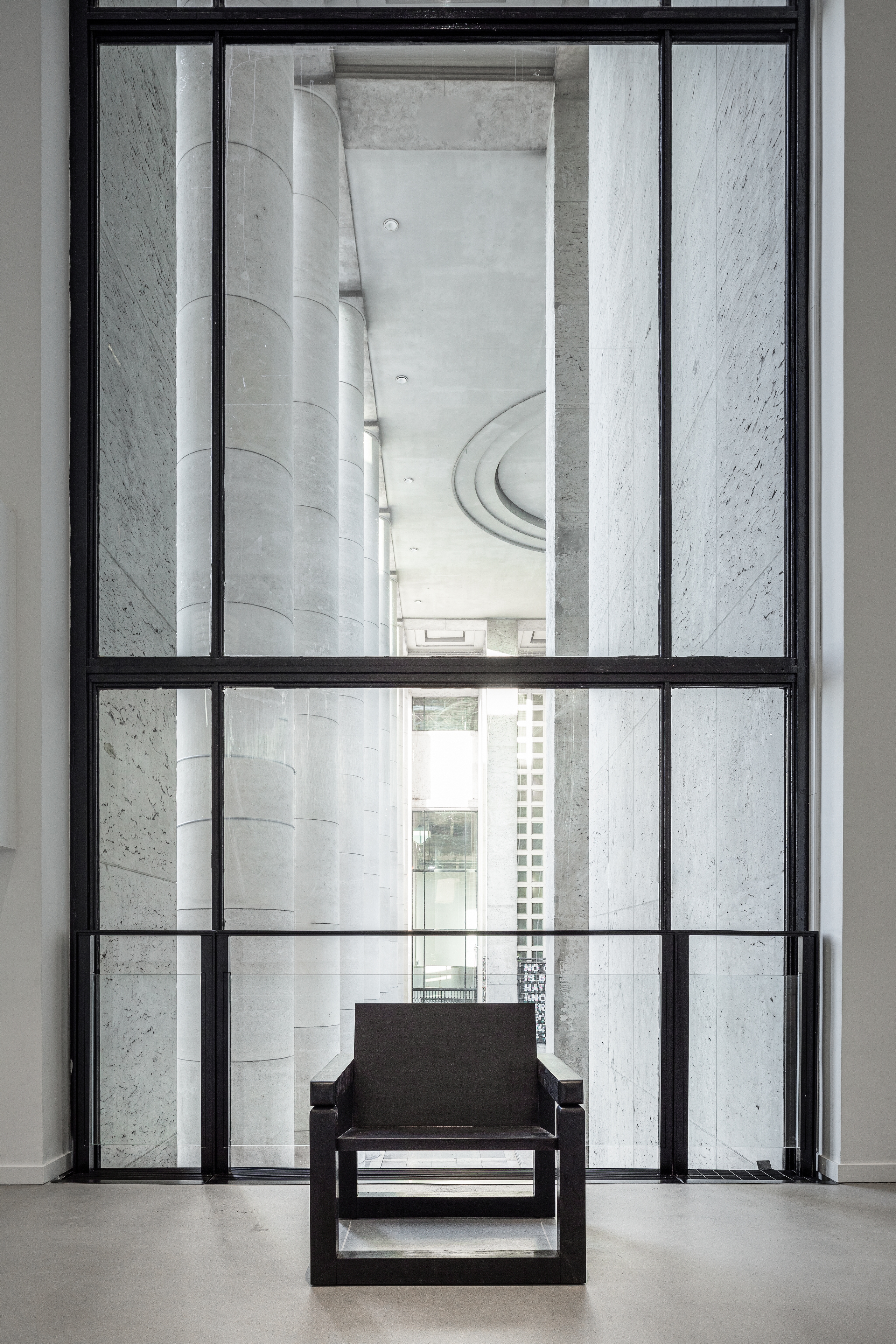
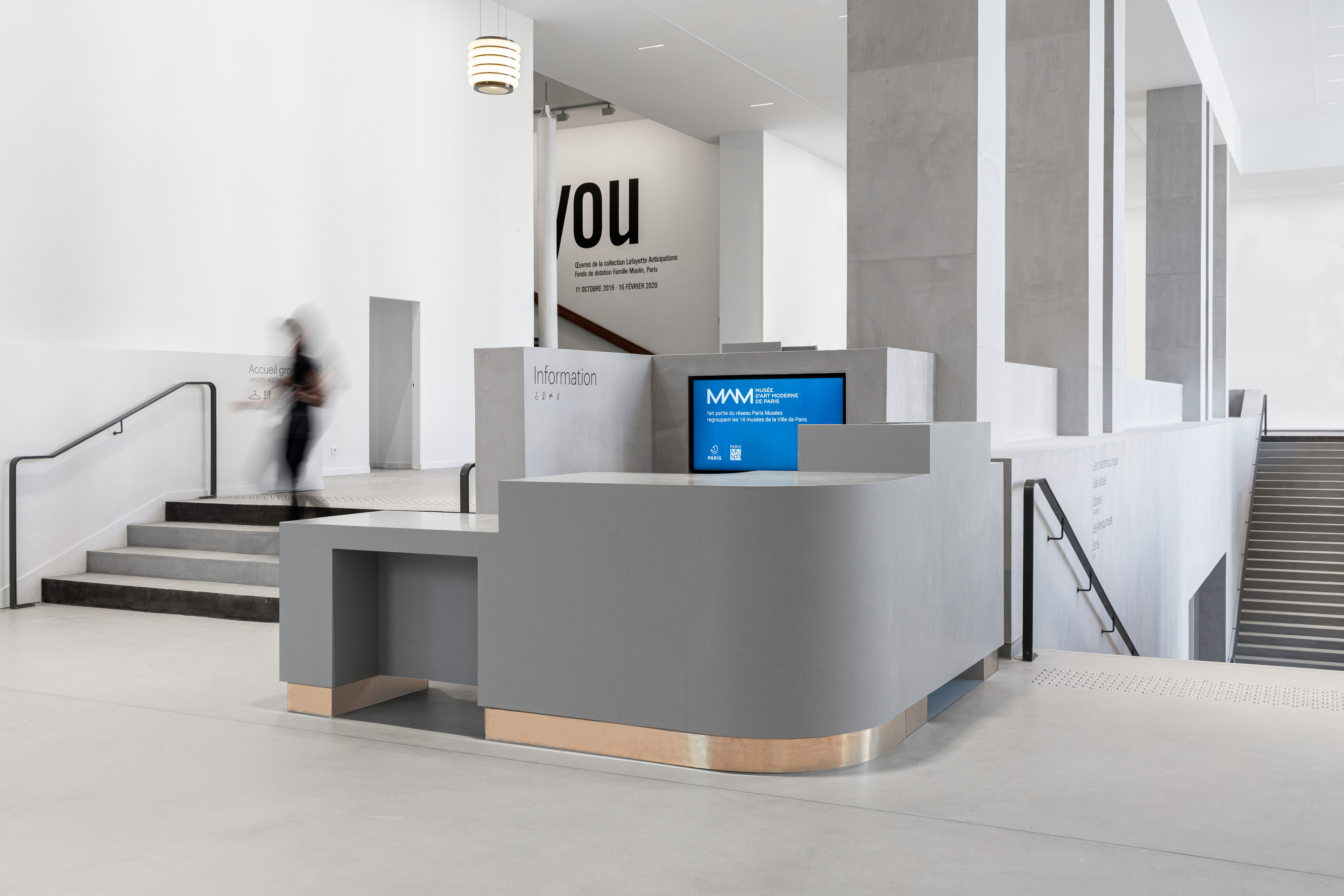


INFORMATION
Receive our daily digest of inspiration, escapism and design stories from around the world direct to your inbox.
-
 Seven covetable accessories designed to improve your Apple experience
Seven covetable accessories designed to improve your Apple experienceWe present a clutch of cultured accessories for all things Apple, from chargers to cases, straps and keyboard covers
-
 How Abidjan's Young Designers Workshop is helping shape a new generation of Côte d'Ivoire creatives
How Abidjan's Young Designers Workshop is helping shape a new generation of Côte d'Ivoire creativesIn the first in our Design Cities series, we look at how Abidjan's next generation of creatives is being nurtured by an enlightened local designer
-
 A tale of two Audis: the A5 saloon goes up against the A6 Avant e-tron
A tale of two Audis: the A5 saloon goes up against the A6 Avant e-tronIs the sun setting on Audi’s ICE era, or does the company’s e-tron technology still need to improve?
-
 This modernist home, designed by a disciple of Le Corbusier, is on the market
This modernist home, designed by a disciple of Le Corbusier, is on the marketAndré Wogenscky was a long-time collaborator and chief assistant of Le Corbusier; he built this home, a case study for post-war modernism, in 1957
-
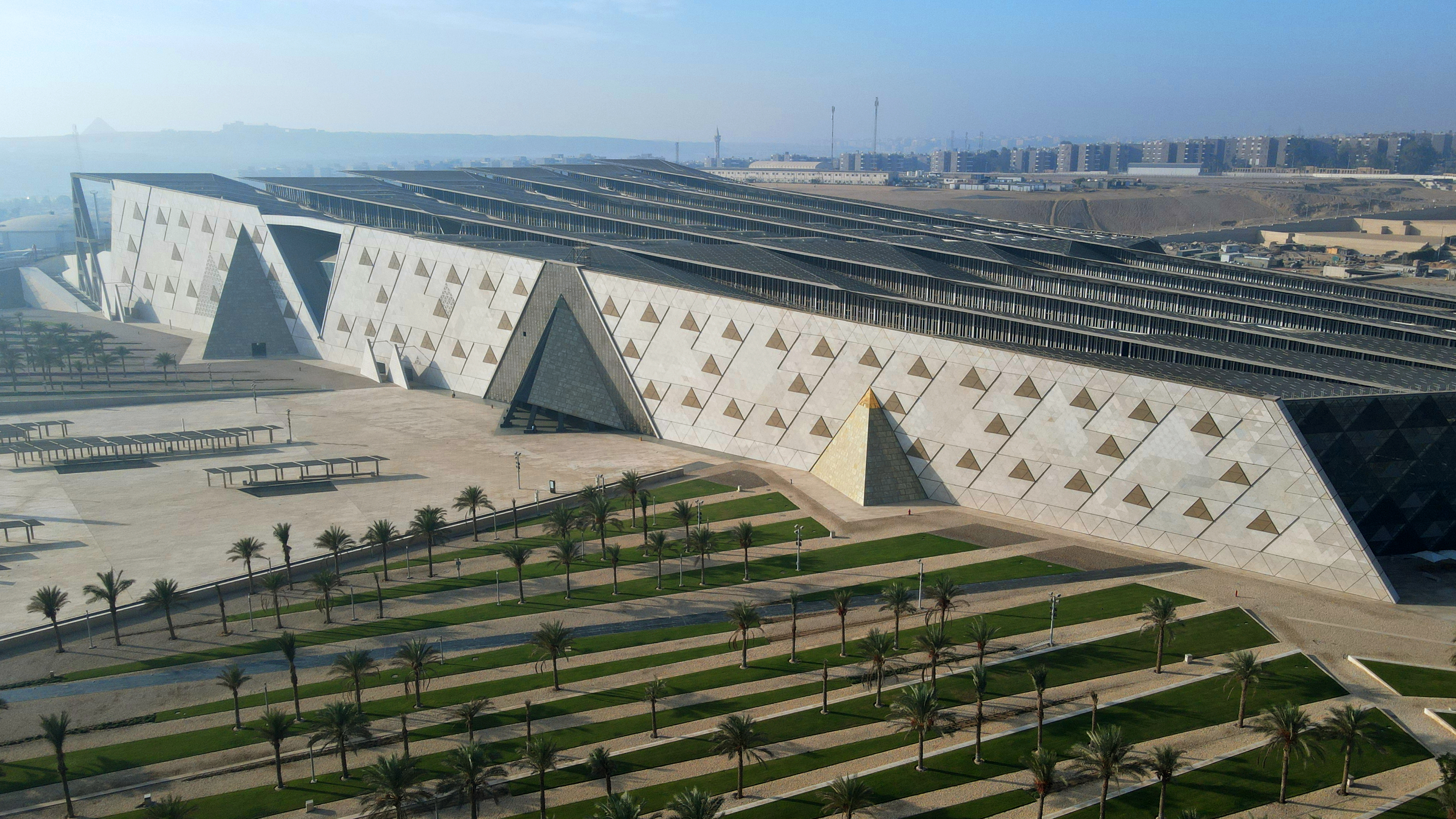 The Grand Egyptian Museum – a monumental tribute to one of humanity’s most captivating civilisations – is now complete
The Grand Egyptian Museum – a monumental tribute to one of humanity’s most captivating civilisations – is now completeDesigned by Heneghan Peng Architects, the museum stands as an architectural link between past and present on the timeless sands of Giza
-
 ‘You have to be courageous and experimental’: inside Fondation Cartier’s new home
‘You have to be courageous and experimental’: inside Fondation Cartier’s new homeFondation Cartier pour l'art contemporain in Paris invites us into its new home, a movable feast expertly designed by Jean Nouvel
-
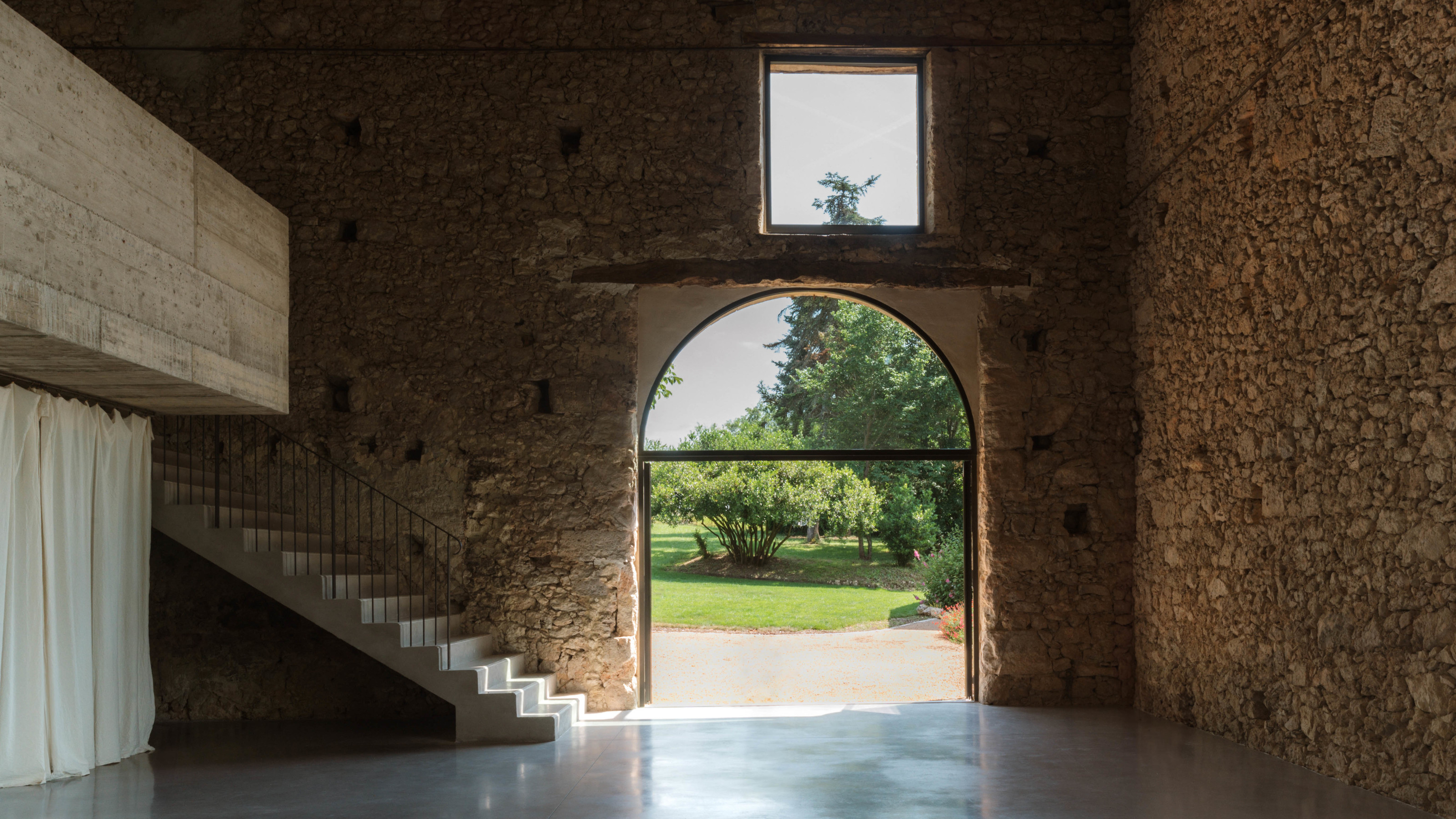 A wellness retreat in south-west France blends rural charm with contemporary concrete
A wellness retreat in south-west France blends rural charm with contemporary concreteBindloss Dawes has completed the Amassa Retreat in Gascony, restoring and upgrading an ancient barn with sensitive modern updates to create a serene yoga studio
-
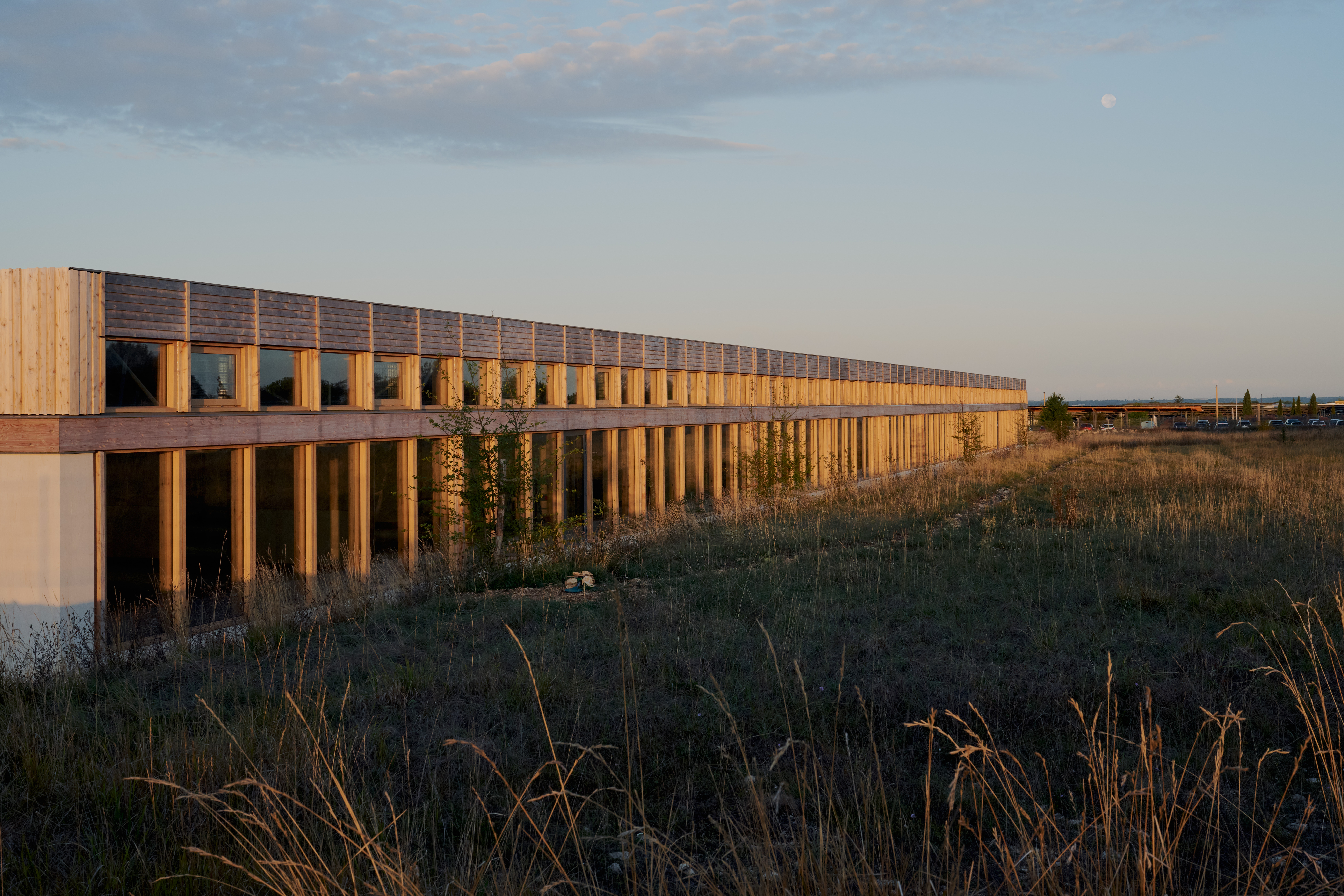 Explore the new Hermès workshop, a building designed for 'things that are not to be rushed'
Explore the new Hermès workshop, a building designed for 'things that are not to be rushed'In France, a new Hermès workshop for leather goods in the hamlet of L'Isle-d'Espagnac was conceived for taking things slow, flying the flag for the brand's craft-based approach
-
 ‘Landscape architecture is the queen of science’: Emanuele Coccia in conversation with Bas Smets
‘Landscape architecture is the queen of science’: Emanuele Coccia in conversation with Bas SmetsItalian philosopher Emanuele Coccia meets Belgian landscape architect Bas Smets to discuss nature, cities and ‘biospheric thinking’
-
 An apartment is for sale within Cité Radieuse, Le Corbusier’s iconic brutalist landmark
An apartment is for sale within Cité Radieuse, Le Corbusier’s iconic brutalist landmarkOnce a radical experiment in urban living, Cité Radieuse remains a beacon of brutalist architecture. Now, a coveted duplex within its walls has come on the market
-
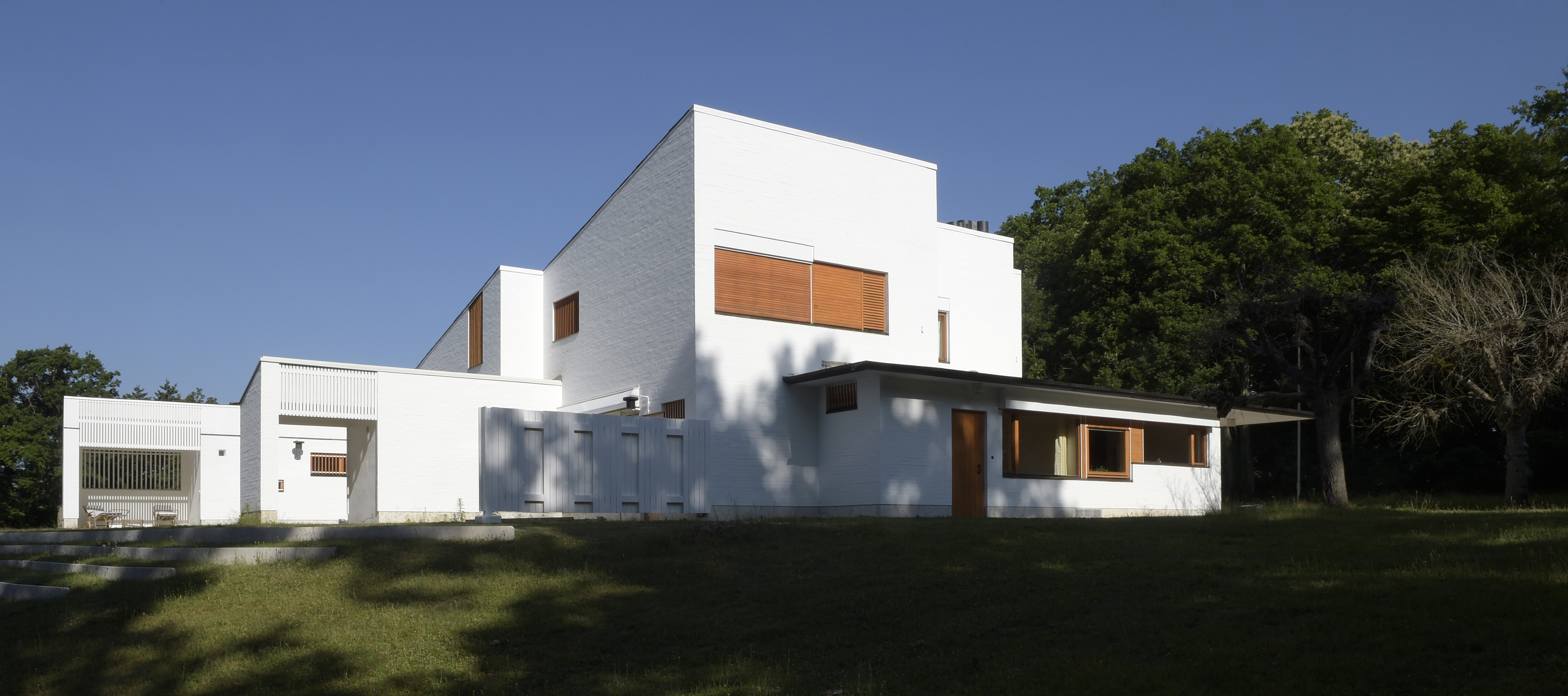 Maison Louis Carré, the only Alvar Aalto house in France, reopens after restoration
Maison Louis Carré, the only Alvar Aalto house in France, reopens after restorationDesigned by the modernist architect in the 1950s as the home of art dealer Louis Carré, the newly restored property is now open to visit again – take our tour